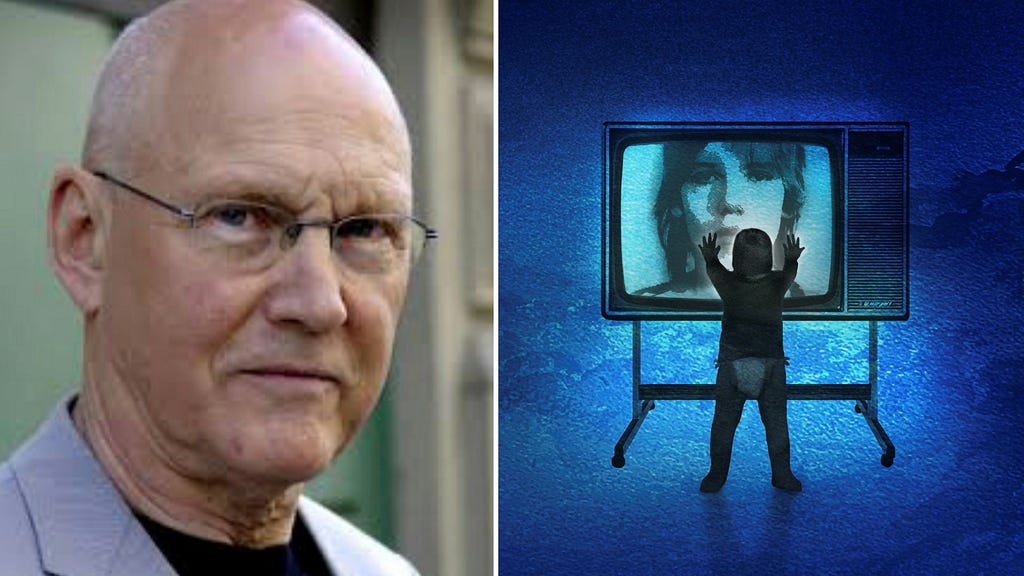The Da Costa Case: A Legacy of Doubt and Controversy
The 1984 discovery of Catrine da Costa’s dismembered body in Stockholm triggered a complex and controversial investigation that continues to resonate today. SVT’s documentary, "Det svenska styckmordet" (The Swedish Dismemberment Murder), has reignited criticism of child psychiatrist Frank Lindblad’s role in the case, a critique that initially surfaced in 1990 when two witness psychologists questioned his methods and conclusions. Despite their concerns, Lindblad was perceived as a pioneering researcher, and the child’s mother, whose testimony was central to the case, was viewed with reverence. The psychologists, on the other hand, were subjected to public backlash and media scrutiny, accused of undermining the mother and child with their "unscientific" evaluation. The documentary highlights this historical context, underscoring the prevailing societal pressures that shaped the narrative surrounding the investigation.
Nine years after the initial controversy, a deeper examination of the Da Costa case, published in "Döden är en man" (Death is a Man), further amplified the criticism against Lindblad’s work, based on a significantly more extensive body of evidence than previously available. This renewed scrutiny brought similar accusations of bias and incompetence against the author, mirroring the experience of the witness psychologists. The resurfacing of these criticisms underscores the enduring contentious nature of the case and the polarized opinions surrounding Lindblad’s involvement. The documentary’s re-examination of the case prompts a necessary revisiting of these past critiques in light of new information and perspectives.
Central to the debate around Lindblad’s work are two fundamental questions that remain unanswered: Was the investigation conducted objectively and by a competent and experienced investigator? And, is there evidence of manipulation of the investigative material? The evidence suggests negative and affirmative answers, respectively. Lindblad’s own writings, ironically, provide some clues to these answers. His lack of experience in 1985, his reliance on his supervisor, Professor Ingvar Nylander, and the influence of prosecutor Anders Helin, who dictated the parameters of the investigation, raise serious concerns about the objectivity and thoroughness of the process.
Further compromising the investigation’s integrity was Lindblad’s prior involvement in incest investigations involving the child’s family. His pre-existing bias against the child’s father, Thomas Allgén, whom he had recommended for psychiatric evaluation despite unconfirmed incest allegations, casts a long shadow over his objectivity in the Da Costa case. Lindblad’s reliance on police interviews with the mother, supplemented by ongoing conversations with her throughout the investigation, and even his assumption of the role of her treating physician, further blurred the lines between objective investigation and personal involvement, potentially influencing the outcome of the investigation.
A detailed review of the hundreds of statements attributed to the child, provided by the mother to the police, reveals a recurring issue: they are inherently unverifiable, stemming from private interactions between mother and child. This reliance on unverifiable testimony raises immediate concerns about potential fabrication or manipulation. One particular statement, however, offers a potential point of verification: the claim that the "uncle" who dismembered the "aunt" had three skulls in a room. This claim, if verifiable, would have significantly bolstered the mother’s and prosecutor’s suspicions.
Lindblad’s testimony in 1988, recounting the child’s alleged description of three skulls in Teet Härm’s office at the forensic station, seemingly corroborated by a subsequent visit to the station, was presented as crucial evidence. However, a closer examination of the police records reveals that the mother’s report of the child’s statement about the skulls came after the visit to the forensic station, rendering it useless as corroborating evidence. Had Lindblad conducted a thorough and impartial investigation, he would have identified this discrepancy. Instead, his acceptance of the mother’s account, despite its chronological inconsistency, suggests a significant lapse in professional judgment and a vulnerability to manipulation. This crucial oversight casts serious doubt on the reliability of the entire investigation.
The Da Costa case stands as a stark example of the devastating consequences of flawed forensic science. Both Jovan Rajs, the forensic pathologist who implicated his own doctoral student, and Frank Lindblad, whose psychological assessment incriminated the child’s father, contributed to a miscarriage of justice through their questionable methodologies and conclusions. While the medical community has strongly condemned Rajs’s involvement, the response from the field of child psychiatry regarding Lindblad’s role has been muted. This silence raises critical questions about the scientific rigor and accountability within child psychiatry, demanding scrutiny from academia, the legal system, and the public. The enduring controversy surrounding the Da Costa case serves as a cautionary tale about the potential for bias and the critical importance of objective, scientifically sound forensic practices in the pursuit of justice.














